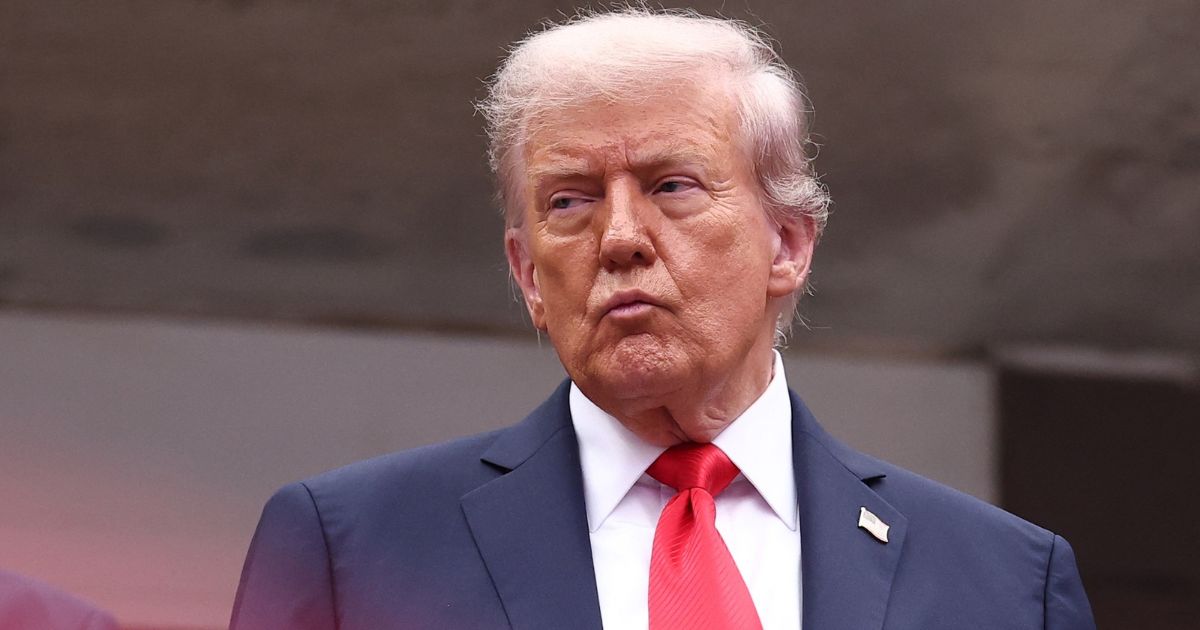Copyright inquisitr

A former White House physician is pouring cold water on the MAGA team’s rosy health narrative around 79-year-old Donald Trump, raising fresh questions about the president’s recent trip to Walter Reed and the vague spin that followed. Jeffrey Kuhlman, who served as a White House doctor under Bill Clinton, George W. Bush, and Barack Obama, told an interviewer that the timeline around Trump’s October visit does not make sense if it was merely a quick checkup. “It’s about an eight-minute helicopter ride from the South Lawn to Walter Reed,” Kuhlman said to The Hill. “So we know that he at least had four hours available to undergo medical care,” he added, concluding, “There’s a disconnect there.” Last month, the White House announced that Trump had completed a second “annual” physical this year, the concerning timeline set off more speculation about the president’s health. Initially, aides offered little detail. Then Trump volunteered more than his staff had, telling reporters, “I got an MRI, it was perfect.” The casual brag only intensified scrutiny, since MRIs are typically ordered to probe a specific concern rather than to round out a routine physical. Kuhlman’s skepticism rests on his experience as a physician for three presidents and the logic of Trump’s claim. Much of the basic testing a president might need, he noted, can be done inside the White House medical unit in minutes. Advanced imaging is the main reason to go to Walter Reed. If the president’s trip stretched for hours and included an MRI, Kuhlman suggested the public has not been told the full story concerning his well-being. That disclosure gap has become its own headache. Jacob Appel, a psychiatry professor at Mount Sinai and a longtime commentator on medical ethics, put it plainly. “If you’re going to say that you’re having an MRI, we should know what the MRI is for.” Selective transparency, he argued, leaves the public with more questions than answers. The curiosity is not happening in a vacuum as Trump’s recent appearances have fueled chatter about his health in general, with critics pointing to occasional verbal stumbles and moments of visible fatigue. The White House physician, Sean Barbabella, has pushed back with a clean bill of health, describing the president’s “excellent overall health.” He has attributed swelling in Trump’s lower legs to chronic venous insufficiency, a common condition in older adults, and chalked up visible bruising on the hands to regular aspirin use and frequent handshaking. Even those explanations, however, have not quieted the noise. The mystery around the MRI, plus the decision to hold back on specifics, keeps the story alive. It also revives an old, awkward debate about how much medical information a commander in chief owes the public. There is no legal requirement to disclose, yet the presidency is not an ordinary job. Voters tend to expect more. Kuhlman’s bottom line is not that something is definitely wrong, but that the official story is incomplete. Until the White House is willing to say what the MRI was for, the questions will keep coming, and every vague reassurance will sound a little more like spin than clarity.



